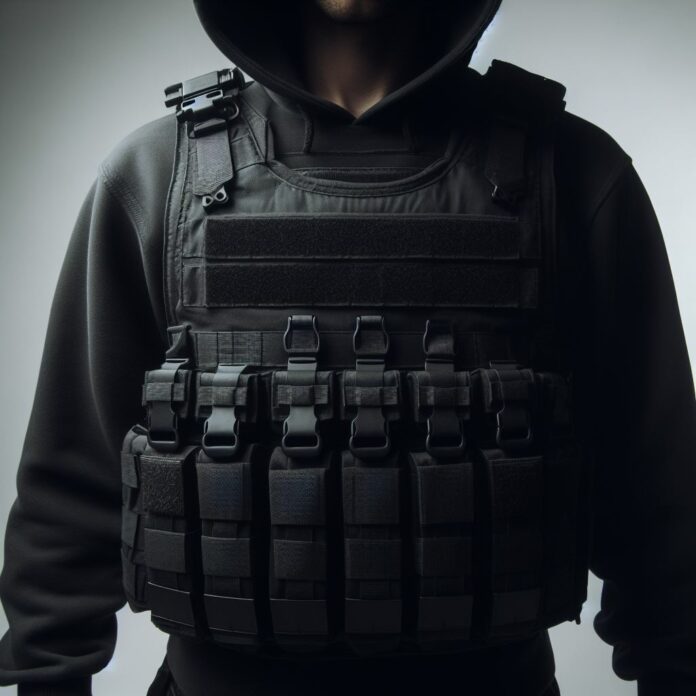Bulletproof vests are essential protective gear used by law enforcement officers, military personnel, and individuals in high-risk professions. They are designed to provide ballistic resistance and protect against bullets and other projectiles.
Understanding the lifespan of a bulletproof vest is crucial to ensuring its effectiveness and reliability.
There are different types of bulletproof vests available, including soft armor vests, hard armor plates, and tactical plate carriers. Each type has its own lifespan and performance characteristics.
To ensure the reliability of bulletproof vests, they undergo rigorous testing and certification processes. The National Institute of Justice (NIJ) has established standards for testing and rating the effectiveness of bulletproof vests.
These standards guide manufacturers and ensure that vests meet the necessary safety requirements. It is important to regularly inspect bulletproof vests for signs of wear and tear, such as fraying, discoloration, or damage to the protective panels.
Proper maintenance and storage also play a crucial role in prolonging a vest’s lifespan and preserving its effectiveness.
Ultimately, a bulletproof vest should be replaced when it no longer meets the required safety standards or shows significant signs of wear and tear.
Regular assessment, in consultation with the manufacturer or a certified professional, is essential to determine when a vest should be replaced.
By understanding the lifespan and proper maintenance of a bulletproof vest, individuals can ensure their personal safety and maximize the effectiveness of this vital protective equipment.
What is a Bulletproof Vest?
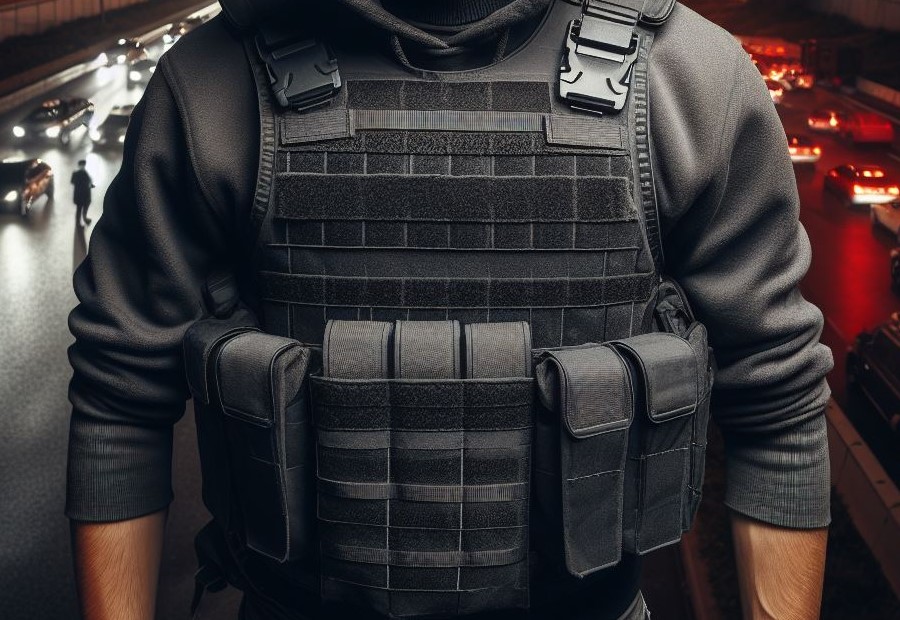
A bulletproof vest, also known as a ballistic vest, is a crucial piece of protective gear designed to prevent bullets from penetrating the wearer’s body.
It is constructed using layers of robust materials like Kevlar or ballistic fibers, which possess the ability to absorb and distribute the impact energy of a projectile.
This vest is specifically crafted to be worn over the torso and is commonly utilized by military personnel, law enforcement officers, and those employed in high-risk occupations.
The effectiveness of a bulletproof vest relies on the level of protection it offers, which is determined by the composition and quantity of its material layers. These vests play a vital role in reducing the risk of injury or fatality in situations where firearms are present.
However, it is essential to understand that while bulletproof vests significantly enhance the likelihood of survival, they are not foolproof and cannot guarantee absolute protection against all types of bullets or projectiles.
Hence, it is always advisable to select a vest that meets the required safety standards and provides the appropriate level of protection for the intended use.
How Long Can Bulletproof Vests Last?
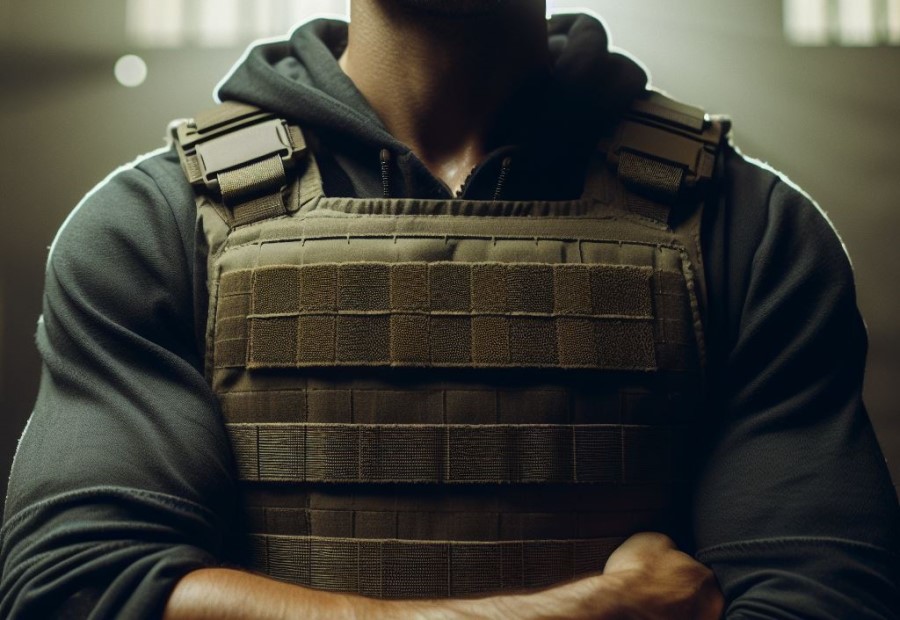
Factors Affecting the Lifespan of Bulletproof Vests
The lifespan of a bulletproof vest is influenced by several factors. One of these factors is the quality of materials used in its construction. A bulletproof vest made with high-quality and durable materials is more likely to last longer.
Another factor is the level of protection provided by the vest. Vests designed to stop higher caliber bullets or offer greater protection may experience more wear and tear over time. The frequency of use also plays a role in the lifespan of a bulletproof vest.
Vests that are consistently worn and subjected to strenuous activities may wear out more quickly compared to vests used less frequently. Proper maintenance is crucial in prolonging the lifespan of a bulletproof vest.
Regular cleaning and proper storage, as well as following manufacturer’s maintenance guidelines, can help extend the vest’s lifespan.
Environmental conditions can also impact the lifespan of a bulletproof vest. Vests exposed to extreme temperatures or harsh conditions may degrade more quickly.
Lastly, the amount of impact and stress placed on a bulletproof vest affects its durability. Vests that endure frequent impacts or excessive stress have a higher likelihood of wearing out faster.
What are the Different Types of Bulletproof Vests?
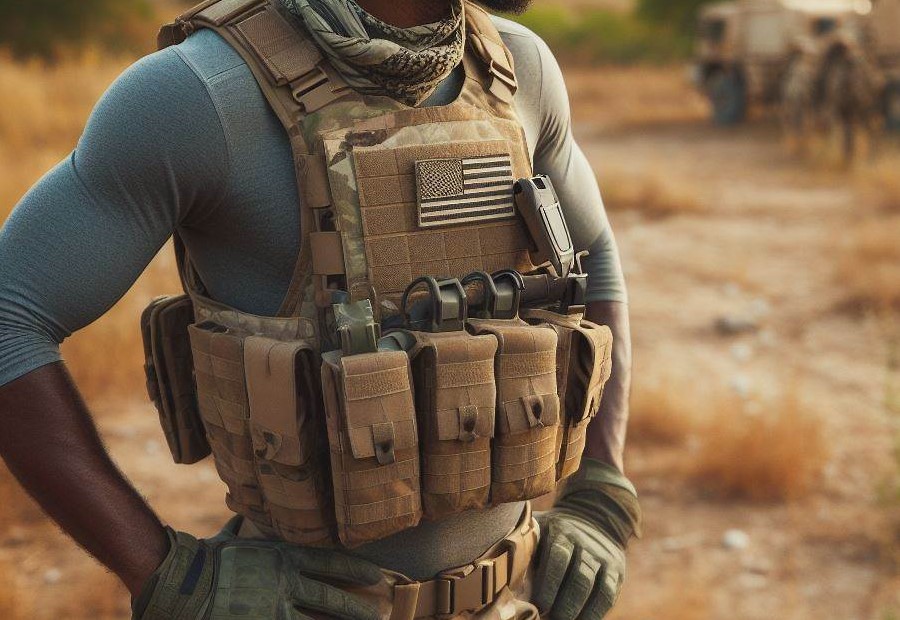
There are several different types of bulletproof vests available, each designed for specific purposes and levels of protection.
- Soft body armor: This type of vest is made from flexible materials like Kevlar or Dyneema and is designed to protect against handgun rounds. It is lightweight and comfortable, making it suitable for everyday use.
- Hard body armor: This vest is made from rigid materials like ceramic or steel plates and offers protection against high-velocity rifle rounds. It is heavier and less flexible than soft body armor but provides enhanced defense against more powerful weapons.
- Tactical vests: These vests are designed for use by military and law enforcement personnel. They often feature additional pockets and pouches for carrying equipment and accessories.
- Plate carriers: These vests have pockets or compartments specifically designed to hold ballistic plates. They provide more customizable protection as plates can be added or removed as needed.
- Concealed vests: These vests are designed to be worn underneath clothing and provide discreet protection. They are commonly used by undercover law enforcement officers or individuals who require covert protection.
- Stab-resistant vests: As the name suggests, these vests are specifically designed to protect against knife or stab attacks. They often incorporate materials like chainmail or hard plastic to prevent punctures.
- Multi-threat vests: These vests offer protection against multiple threats, such as bullets and knives. They combine elements of both soft body armor and stab-resistant vests.
Each type of bulletproof vest serves a specific purpose and provides varying levels of protection. The choice depends on the individual’s requirements and the specific threats they may face.
Testing and Certification of Bulletproof Vests
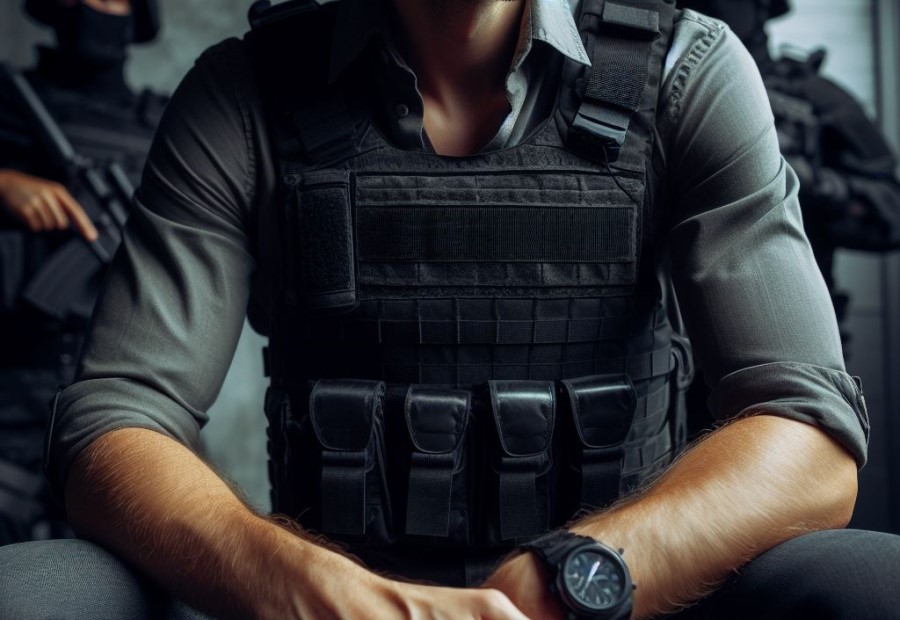
NIJ Standards for Bulletproof Vests
The NIJ Standards for Bulletproof Vests specify the level of protection offered by different vests based on the caliber of bullets they can withstand.
The standards define five levels of protection: Level IIA, Level II, Level IIIA, Level III, and Level IV. Each level has specific requirements for the velocity and mass of the bullets that the vest should be able to stop.
To understand the NIJ Standards for Bulletproof Vests better, let’s take a look at the following table:
| Level | Bullet Velocity | Bullet Mass |
| IIA | Up to 1225 ft/s | Up to 9mm |
| II | Up to 1290 ft/s | .357 Magnum |
| IIIA | Up to 1430 ft/s | .44 Magnum |
| III | Up to 2500 ft/s | 7.62mm NATO |
| IV | Up to 2780 ft/s | .30-06 M2 AP |
The NIJ Standards ensure that bulletproof vests are tested and certified to meet the specified level of protection. It is important to choose a bulletproof vest that complies with these NIJ Standards for Bulletproof Vests to ensure you are adequately protected.
When selecting a bulletproof vest, consider the level of threat you may encounter and choose a vest that offers the appropriate level of protection.
Remember, higher levels of protection generally come with increased weight and bulkiness, so it is essential to balance your needs for protection and comfort.
Signs of Wear and Tear in Bulletproof Vests
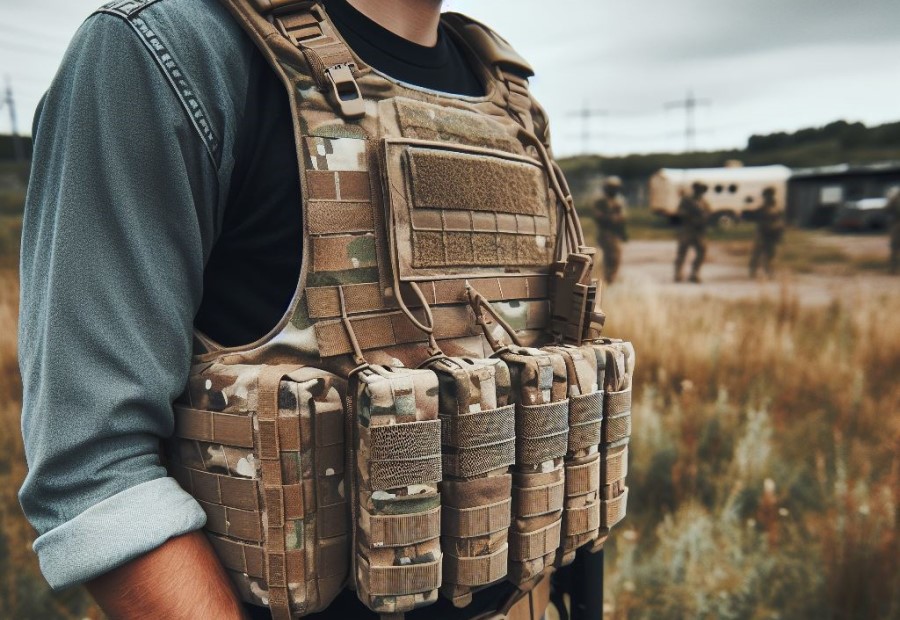
Signs of wear and tear in bulletproof vests include:
- Visible damage: Check for any visible signs of damage such as rips, tears, or punctures in the outer shell of the vest.
- Loss of shape: An improperly fitting vest or one that has been worn for a long time may lose its shape, compromising its effectiveness.
- Frayed edges: Look for frayed or worn edges on the straps, velcro closures, or any other components of the vest.
- Discoloration: Changes in the color of the vest may indicate exposure to sunlight, which can weaken the fabric over time.
- Decreased flexibility: If the vest feels stiff or inflexible, it may be a sign that the materials have degraded or aged.
- Expiration date: Some vests have an expiration date printed on the label, which should be strictly followed.
It is crucial to regularly inspect bulletproof vests for signs of wear and tear to ensure optimal protection.
How to Properly Maintain and Store a Bulletproof Vest?
To ensure proper maintenance and storage of a bulletproof vest, follow these steps:
- Cleaning the vest regularly with a damp cloth to remove dirt and sweat, and avoiding the use of harsh chemicals or solvents that can cause damage.
- Inspect regularly for signs of wear or damage, such as fraying or discoloration, and take appropriate action if any issues are found.
- If the vest has removable panels, follow the manufacturer’s instructions to remove and clean them separately.
- Store the bulletproof vest in a cool, dry place away from direct sunlight to prevent degradation of the ballistic materials.
- Avoid excessive folding or compressing of the vest, as this can compromise its protective capabilities.
- To maintain the shape and protect it from dust and debris, consider using a specialized vest hanger or storage bag.
When Should a Bulletproof Vest be Replaced?
A bulletproof vest should be replaced when it shows signs of wear and tear that could compromise its effectiveness in stopping bullets.
Regular inspections should be conducted to check for any damage, such as rips, tears, or fraying of the vest’s material. If any damage is found, the vest should be replaced immediately.
Additionally, if the vest has been exposed to chemicals, extreme temperatures, or heavy impacts, it should be replaced as these factors can degrade its ability to provide protection.
It is recommended to follow the manufacturer’s guidelines regarding the lifespan of the vest, as different vests may have varying durability.
To ensure the vest’s longevity, proper care and maintenance are crucial. Cleaning the vest according to the manufacturer’s instructions can help remove dirt and debris that could potentially weaken the material.
Storing the vest in a cool, dry place away from direct sunlight can also help prolong its lifespan.
Remember, the purpose of a bulletproof vest is to protect the wearer from harm. Regular inspections and timely replacements will ensure that the vest remains in optimal condition and continues to provide the necessary protection.
Your safety should always be the top priority when it comes to personal protective equipment.
Frequently Asked Questions
How long does a bulletproof vest last?
The average lifespan of a bulletproof vest is between five and ten years, with some Dyneema vests lasting up to ten years. The ballistic materials used in the vest degrade over time, decreasing its performance.
What factors can affect the expiration of body armor?
Factors that can affect the expiration of body armor include extreme heat, UV light, humidity, weight gain or loss of the wearer, and internal damage. Soft armor degrades faster than hard armor.
How should a bulletproof vest be stored to prolong its lifespan?
A bulletproof vest should be stored flat instead of hanging or placing it in a drawer. It should also be kept away from liquids and direct sunlight to prevent degradation.
Can a bulletproof vest be machine washed?
Yes, the carrier of the vest can often be machine washed to keep it clean. However, the Kevlar interior should be kept away from liquids and should not be immersed in water.
Does wearing frequency and weight loss affect the lifespan of a bulletproof vest?
Yes, the frequency of wearing the vest and weight loss of the wearer can affect its lifespan. Daily use and excessive weight loss can decrease the effectiveness of the vest, while weight gain can crease and damage the ballistic panels.
When should a bulletproof vest be replaced?
A bulletproof vest should be replaced at the first sign of damage or wear. Using an expired vest can lead to serious bodily injury or death, so it is important to replace it according to the manufacturer’s recommendations.

